Beginner’s guide to solar
Would you like to further your knowledge of solar? Do you want to feel confident you’re buying appropriate products? Are you feeling overwhelmed by the plethora of information available on the internet? Look no further, we share everything you should know in this 5-minute beginner’s guide to solar.
If you’re confident with solar, explore our blog to discover tips, tricks and ample information on solar systems and renewable energy.
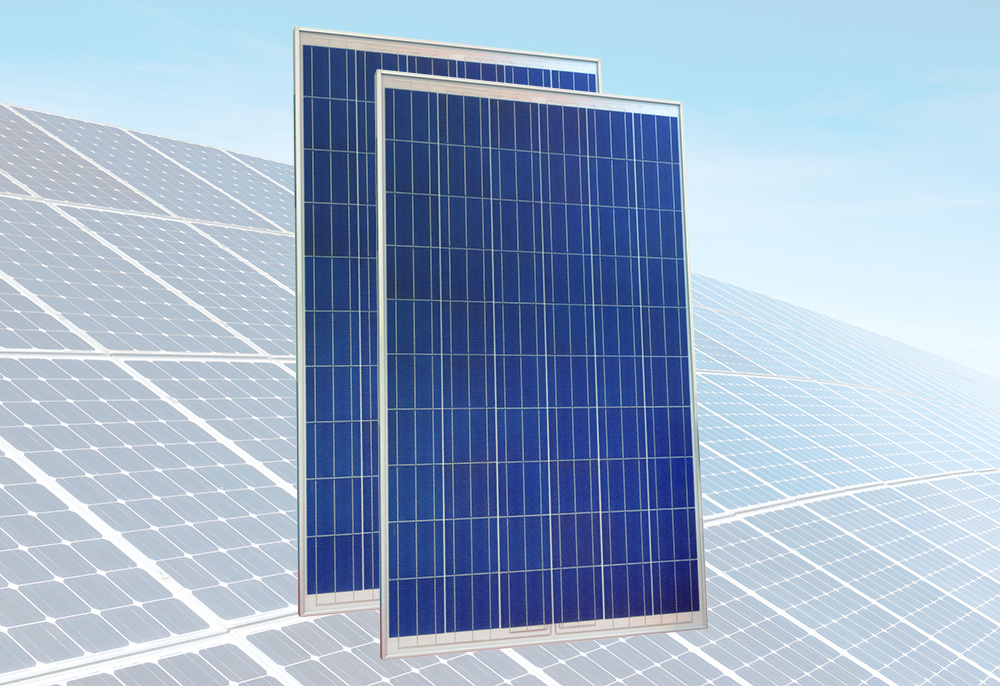
What are the components of a solar system?
For a solar system to produce electricity, it requires two main components: Solar PV panels and an inverter. The solar panels absorb sunlight and send it to the inverter where it converts to usable electricity for your home.
When shopping for solar panels, you must buy a quality brand that will last 25+ years. You can find good quality panels that range from budget to premium; it all depends on what your needs are. Make sure you steer clear of ‘no-name’ panels unlikely to last longer than 5 years in the Australian climate.
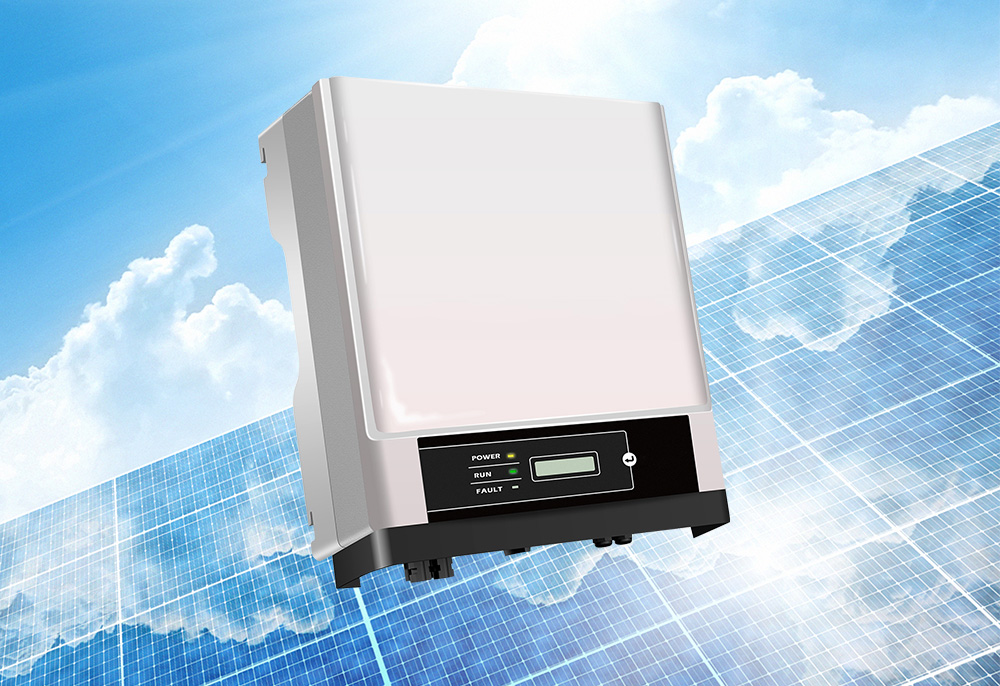
An inverter converts harnessed solar energy into usable electricity for your appliances and devices. Inverters work hard all day, so it’s in your best interest to choose a quality brand that will last.

What is a solar battery, and do I need one?
A solar battery stores any unused or excess energy produced by your solar system. When the battery is full, excess energy flows into the grid awarding you with feed-in-credits.
The typical Australian household electricity consumption peaks in the evening and without a solar battery, the electricity would be drawn from the grid. This presents as a charge on your electricity bill. Therefore, adding a solar battery has become a popular choice amongst solar energy users to lower electricity costs.
If you aren’t home during the day and most of your electricity use happens at night, a solar battery could lower your energy bill.
What are the benefits of solar energy?
- Lowered bills. Solar power costs a fraction of what you pay to your electricity company each quarter. With a proper system, it’s possible to get your bill to $0.
- Improves property value. Homes equipped with a solar system are worth more than homes without a solar system. If you’re looking to improve your home, solar power doesn’t require much maintenance and will increase your homes market value.
- Renewable: sunlight is an infinite source of energy. It’s great for the environment and doesn’t deplete as oil does.
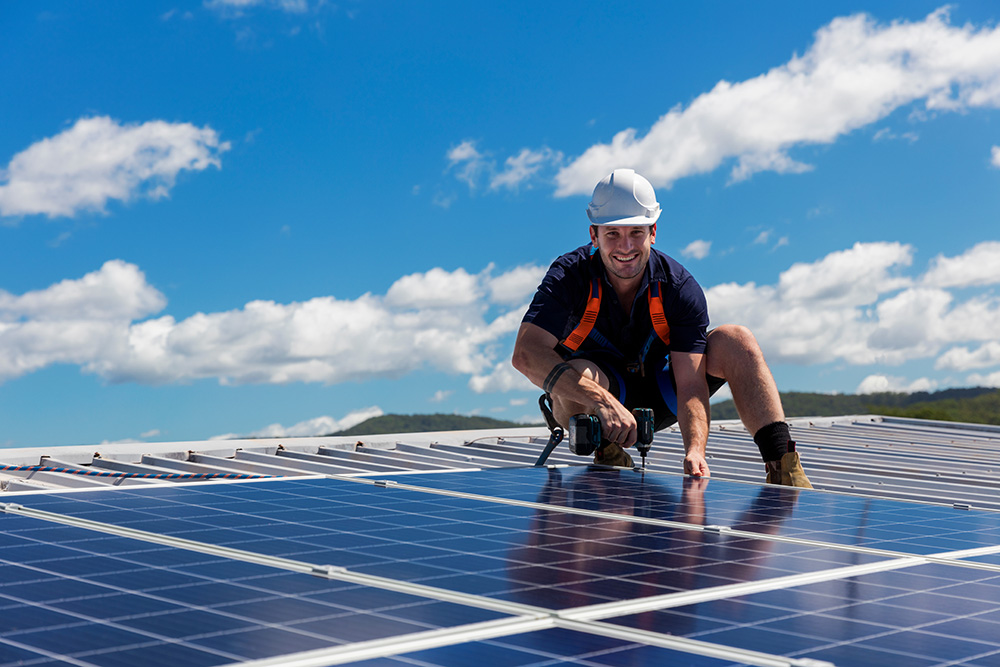
Who benefits from going solar?
Typically, the ideal candidate for solar is someone who:
- Owns a stand-alone house. Homeowners get to make decisions when it comes to renovating their houses. On the other hand, renters need to jump through hoops, such as gaining approval from their landlord.
- Has unshaded roof space that faces the sun. Roofs without major shade from trees and nearby buildings are best. Major shade cast can interfere with how efficiently solar panels absorb light. If your home is in a sunny position, you’ll experience the most benefits from solar.
- Consumes electricity during daylight hours. Running appliances during the day when the sun is shining means they’ll use the solar energy produced by your system immediately. If you have a solar battery, setting your large appliances like your washing machine and dishwasher to run during the day means more electricity will be available for you at night.
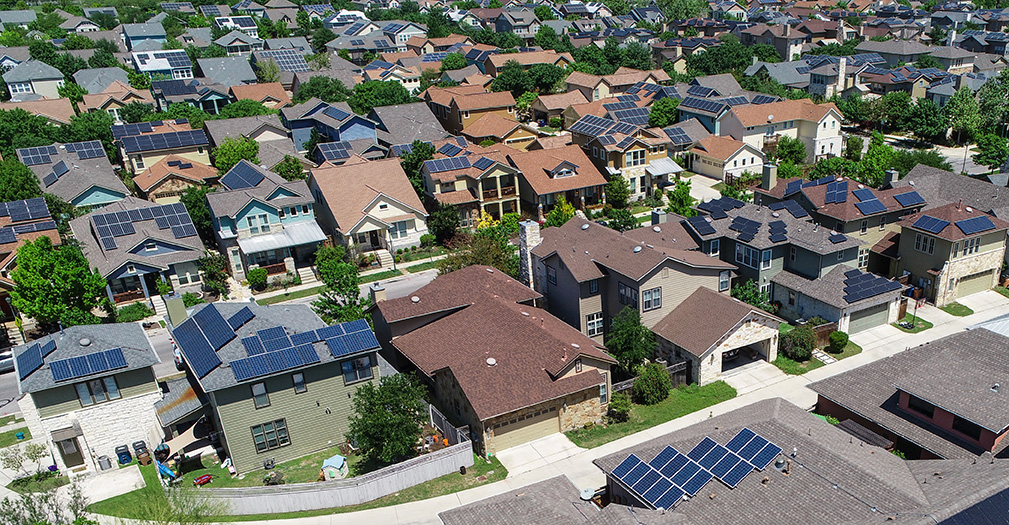
How do the federal solar rebate and feed-in-tariff work?
Federal rebate
The federal Renewable Energy Target (RET) provides Australians with an incentive to switch to renewable energy by discounting the up-front cost of solar systems no larger than 100kW. You don’t need to go through a process to claim the incentive, because the company installing your system will apply it directly to your out-of-pocket expense. The discount should be outlined in your quote, invoice, and contract for the solar system.
Feed-in-tariff
A feed-in-tariff (FIT) is the rate you receive for the solar energy your system sends to the grid. You’ll need to apply to your electricity provider to receive the FIT. When signing the agreement, you’ll be notified of how much credit you’ll receive for every kWh sent to the grid.
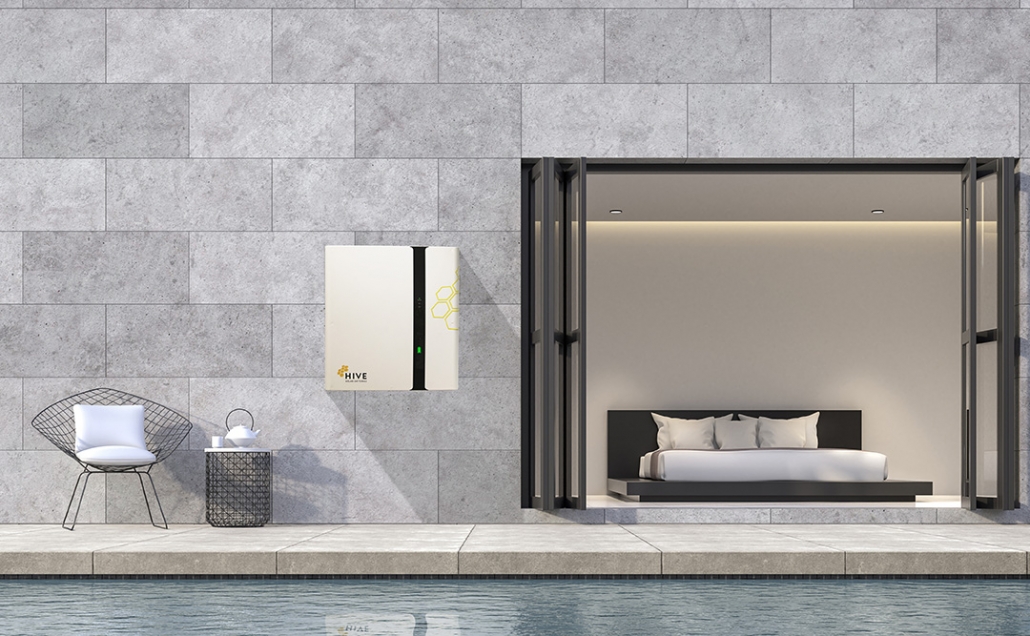
How can I monitor my system?
You should make sure your solar system comes with monitoring technology before you purchase. Solar systems that come with an app or web-based portal can be accessed at any time giving you convenience and flexibility. Monitoring helps you:
- See how you’re consuming energy throughout the day and as a result, you’re able to get more value out of your solar system by adjusting your usage accordingly.
- Check that your system is functioning correctly.
- Analyse trends in your energy usage which can help you decide if you want to expand your system or add a battery.
More information
If would like one of our solar specialists to answer any questions you may have, please call us on 1300 40 41 42. Alternatively, submit an enquiry and someone from our team will be in touch to assist.







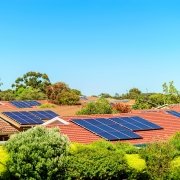

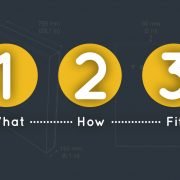


 Solar Service Group
Solar Service Group